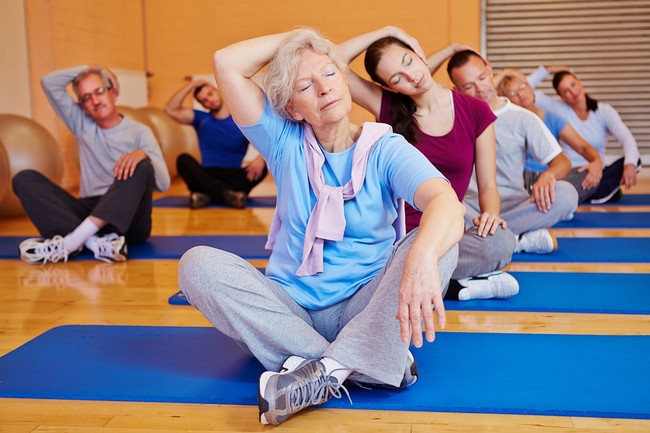- Make It Yourself Lavender Heart-Shaped Bath Bombs!
- 20 Things You Never Knew About “Down There”
- 12 Best Foods For Those Suffering From Arthritis Pain
- 12 Personal Hygiene Mistakes Almost Everyone Makes (Mom Never Told You About #4!)
- 15 Medicinal Plants And Herbs From The Cherokee People
- 12 Mind-Blowing Benefits Of Drinking Coconut Water During Pregnancy
- 12 Outstanding Winter Foods That Won’t Fatten You Up Like A Christmas Turkey
Sitting Too Long Leads to Multiple Mental Health Issues

Photo credit: bigstock
Getting up often and doing a few stretching exercises should help to stop the effects that sitting down causes. A rather reasonable goal is to get up every 15 minutes and move around a bit. It’s that simple. Of course, this is sometimes easier said than done, especially when you are involved in a project or are at one of those 3 hour meetings, but there are ways around this. One way is to set some type of alarm, perhaps your phone ( there are plenty of free apps for this if your phone doesn’t have an alarm) or you can use fitness bands that sound a tone to remind you get up and move. If you are at a meeting, you might try getting up at least every half hour and stretch your arms over your head. Should anyone say anything, you can tell them that studies show so much sitting isn’t good and that you just need to stretch your legs for a bit. It’s doubtful that anyone will object to that and you might find a great deal of your co-workers join you for a much needed stretch.
There are several great stretches you can do at your desk. Check out the video and see how easy these exercises can be. Doing just one of these exercises every 15 minutes will stop the damage that sitting can cause. The more often you get up off your behind the better so try to find reasons to stand up. Pace in your office, or do some stretching exercises while you are on the phone, or walk when you are using your cell phone. Go talk to that person on the next floor instead of sending an email to them, take the stairs instead of the elevator and walk down to the mail room instead of just dropping that letter in the outbox. All of these little things add up so be sure to find reasons to move throughout your day.
By the way, those standing desks are a good idea but they don’t go far enough. You need to do more than just stand up and then sit back down. If your desk allows you to stand and then pace or do other movements that will work, but simply standing up isn’t quite enough.
So the key here is to move it, move it, move it! Any way you can, as often as you can.
Video:
Video:
Sources:
Br J Sports Med February 18, 2014
Psychology Today March 20, 2014
American Journal of Preventive Medicine September 2013
Mental Health and Physical Activity June 2013
Psychology Today March 20, 2014
































